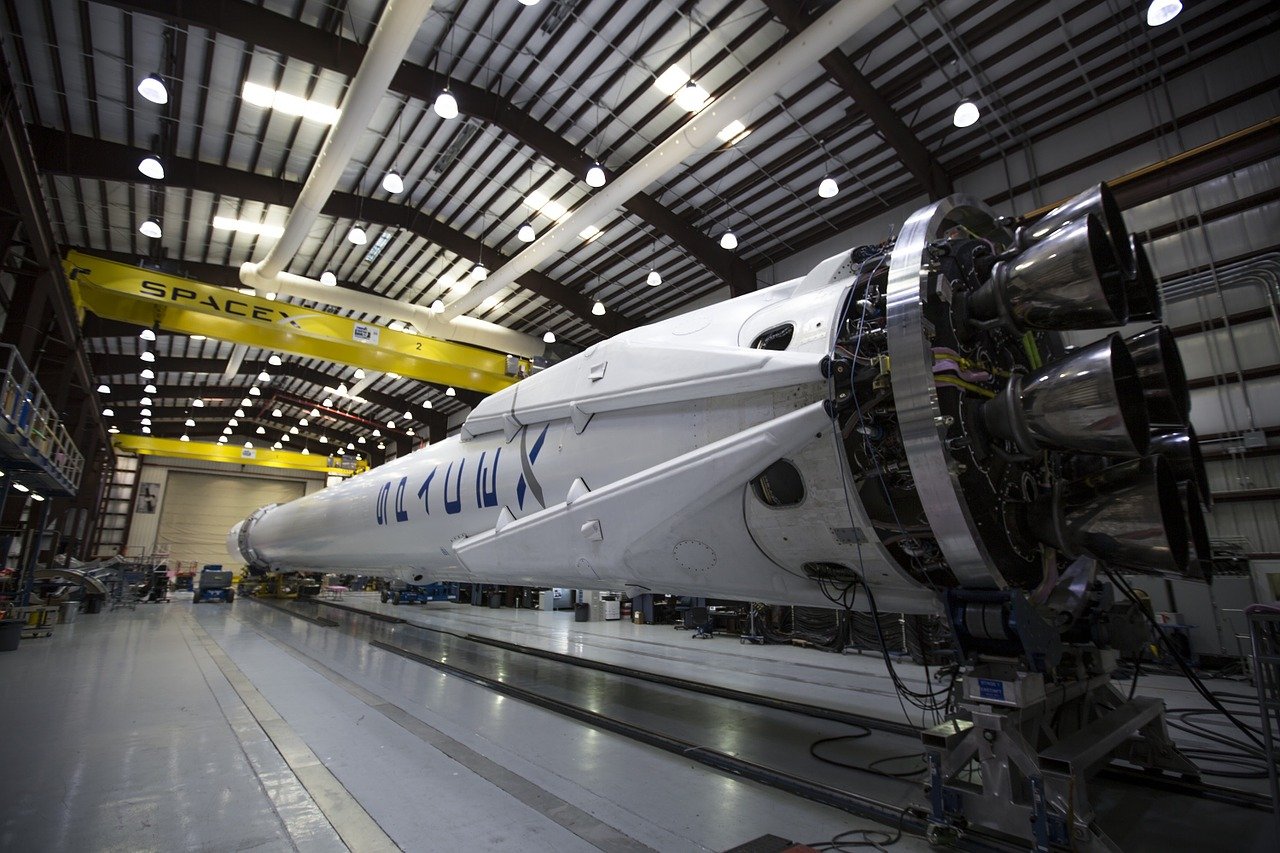
Jun 4, 2025
Blog advanced materials How Aerospace Ceramics Are Shaping the Future of Flight
In the ever-evolving world of aerospace engineering, materials innovation plays a crucial role in shaping the future of flight. Among the most promising advancements is the rise of aerospace ceramics, a class of materials that combines lightweight properties with exceptional thermal and mechanical performance. As the aerospace industry pushes the boundaries of speed, efficiency, and sustainability, ceramics are becoming indispensable in both commercial and defense aviation sectors.
The global market for aerospace ceramics is projected to experience significant growth over the coming years. According to recent industry estimates, the market is anticipated to increase from $5.6 billion in 2024 to approximately $8.2 billion by 2029. This represents a compound annual growth rate (CAGR) of 8.0% during the forecast period, reflecting the rising demand for advanced materials that meet the stringent performance requirements of modern aerospace applications.

The global market for aerospace ceramics is expected to grow from $5.6 billion in 2024 to $8.2 billion by 2029, at a compound annual growth rate (CAGR) of 8.0% from 2024 through 2029.
The aerospace industry is under increasing pressure to deliver lighter, faster, and more fuel-efficient aircraft. Traditional metals like titanium and aluminum, while strong, are reaching their performance limits in high-temperature environments. This is where ceramics shine.
Key advantages of aerospace ceramics include:
These properties are not just theoretical—they are already being applied in cutting-edge aerospace programs around the world.
Despite their advantages, aerospace ceramics face several challenges:
However, ongoing research and development are steadily addressing these issues, making ceramics more accessible and reliable for aerospace applications.
Looking ahead, aerospace ceramics are expected to play a central role in next-generation aircraft and spacecraft. From zero-emission electric planes to Mars-bound missions, ceramics will be at the heart of innovations that redefine how we explore the skies and beyond.
As the market continues to grow and technology advances, aerospace ceramics are not just supporting the future of flight—they are helping to shape it.
Consider becoming a member of the BCC Research Library and gain access to our full catalog of market research reports in your industry. Not seeing what you are looking for? We offer custom solutions too, including our new product line: Custom Intelligence Services.
Contact us today to find out more.

Kavita Rawat is a Marketing Operations Executive at BCC Research, with a master’s degree in business. She specializes in optimizing marketing strategies and content creation. With her MBA, she combines her passion for marketing with her academic prowess to drive success in the ever-evolving field.

Imagine a material that bends, stretches, twists, and still conducts electricity...

As the world accelerates toward a cleaner, electrified future, battery performan...

Ceramics have been part of human civilization for centuries, from hand-molded po...

We are your trusted research partner, providing actionable insights and custom consulting across life sciences, advanced materials, and technology. Allow BCC Research to nurture your smartest business decisions today, tomorrow, and beyond.
Contact UsBCC Research provides objective, unbiased measurement and assessment of market opportunities with detailed market research reports. Our experienced industry analysts assess growth opportunities, market sizing, technologies, applications, supply chains and companies with the singular goal of helping you make informed business decisions, free of noise and hype.